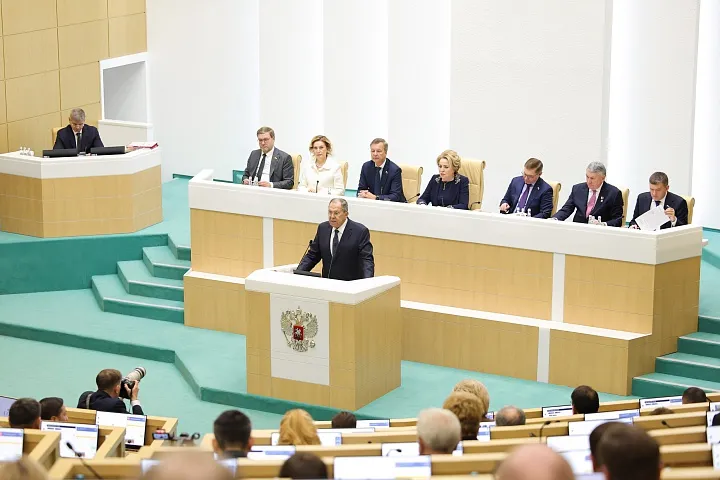This item appears in the European EIR Strategic Alert No.18 May 2, 2024:
An Israeli-Palestinian settlement will not bring peace to the region unless there is also a peace agreement with Syria, where Israel still occupies the Golan Heights, and with Lebanon. In addition, a rapprochement between the United States and Iran is required. A Southwest Asia peace conference would then be in order. Not one modeled on the abortive 1992 Madrid Peace conference, but on the principles laid out in Lyndon LaRouche’s Oasis Plan in April 1994.
Because of the extreme bitterness between the Israelis and Palestinians, LaRouche asserted, “Before we could have a political solution, we had to have an economic self-interest by both parties in a political solution.” That was not putting the cart before the horse, as claimed by those who insist on negotiating a political solution before dealing with the economic question. “In this case,"LaRouche stressed, “I propose we drop the sociological or often-accepted sociological view of negotiations and grand politics. I propose that not only the material but the psychological effect of development upon the state of the individual mind is the key to peaceful development of this planet in the coming period.”
There are modern historic examples to support this principle: the conferences and negotiations that led to the European Coal and Steel Community Treaty, also known as the Treaty of Paris, signed in 1951. While considered the foundation of what has become the European Union, that treaty was a vital necessity for the reconstruction of the European economies which were still in a shambles, five years after the end of World War II. Germany, which had been the motor of the European industrial economies, was divided and remained under an occupation that shackled its potential for rapid recovery and for resuming a central role in the European economy. The bitterness of France towards Germany had not yet subsided, as it sought to annex Germany’s coal-rich industrial region of the Saarland.




